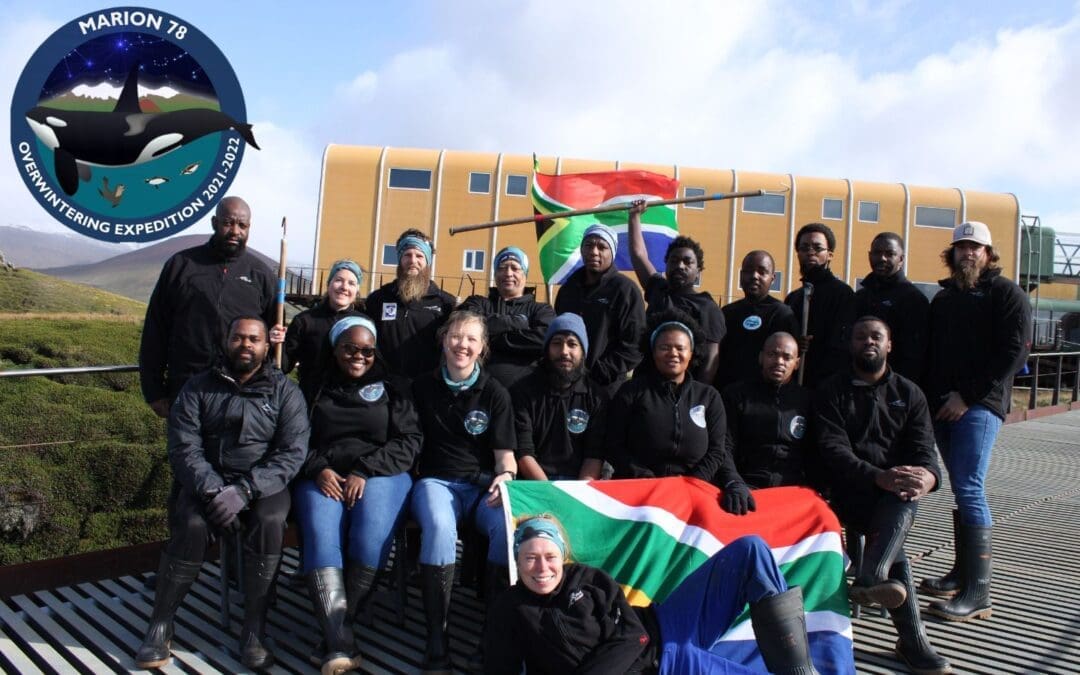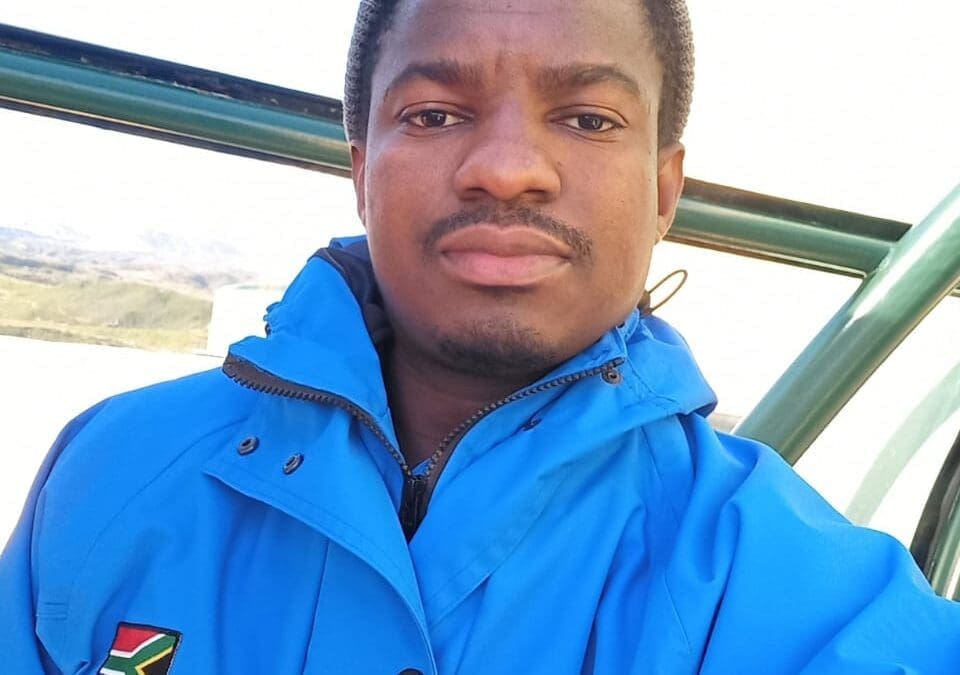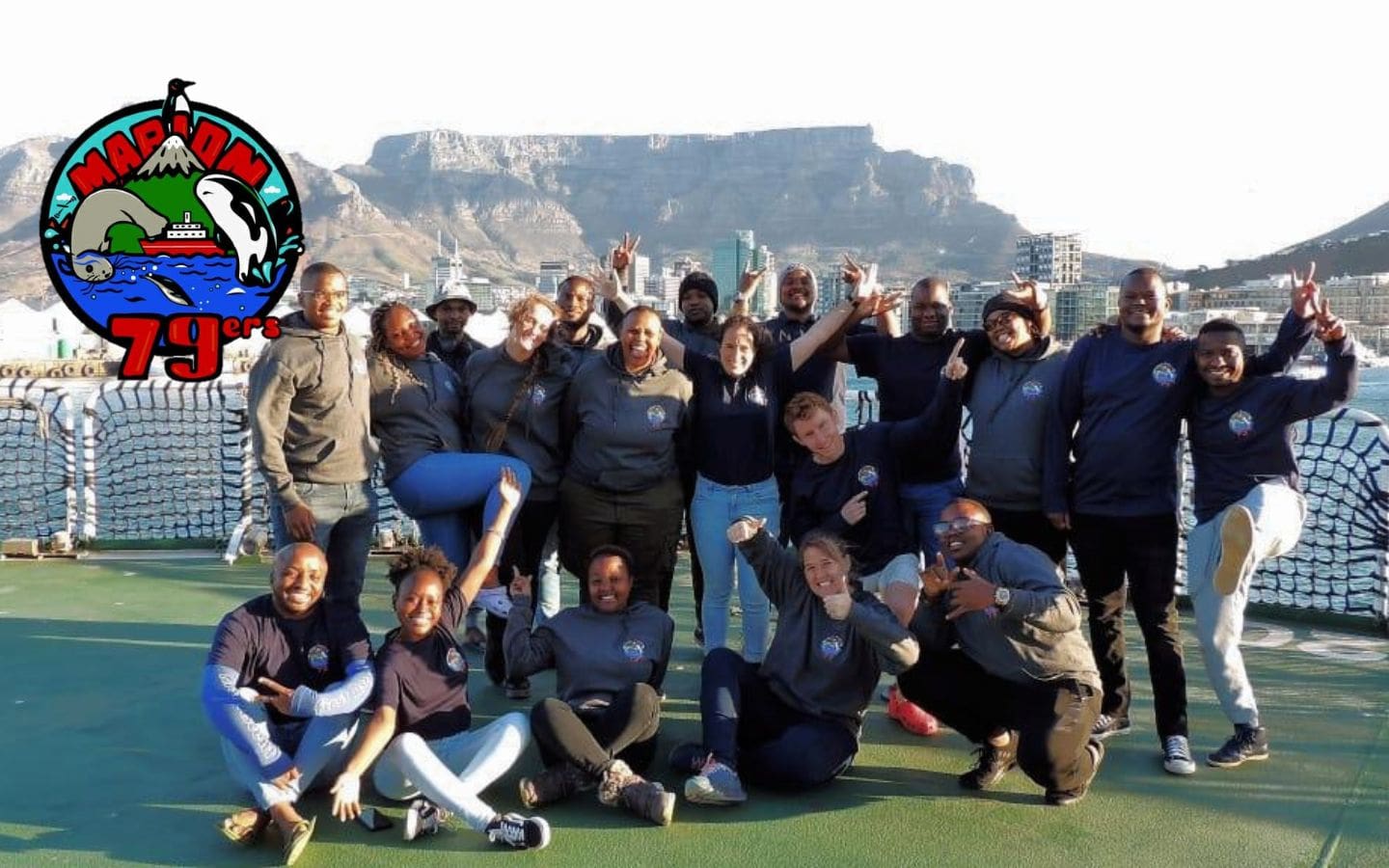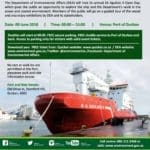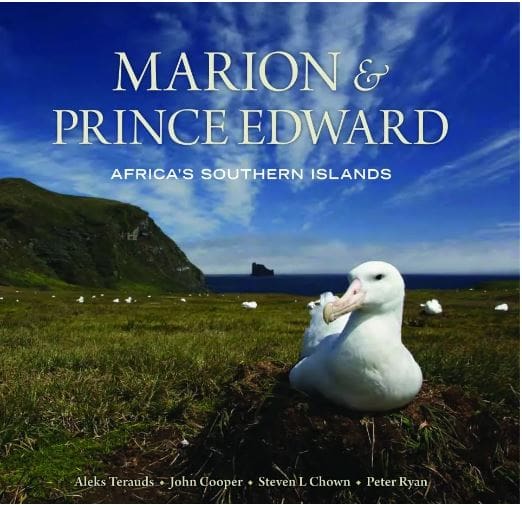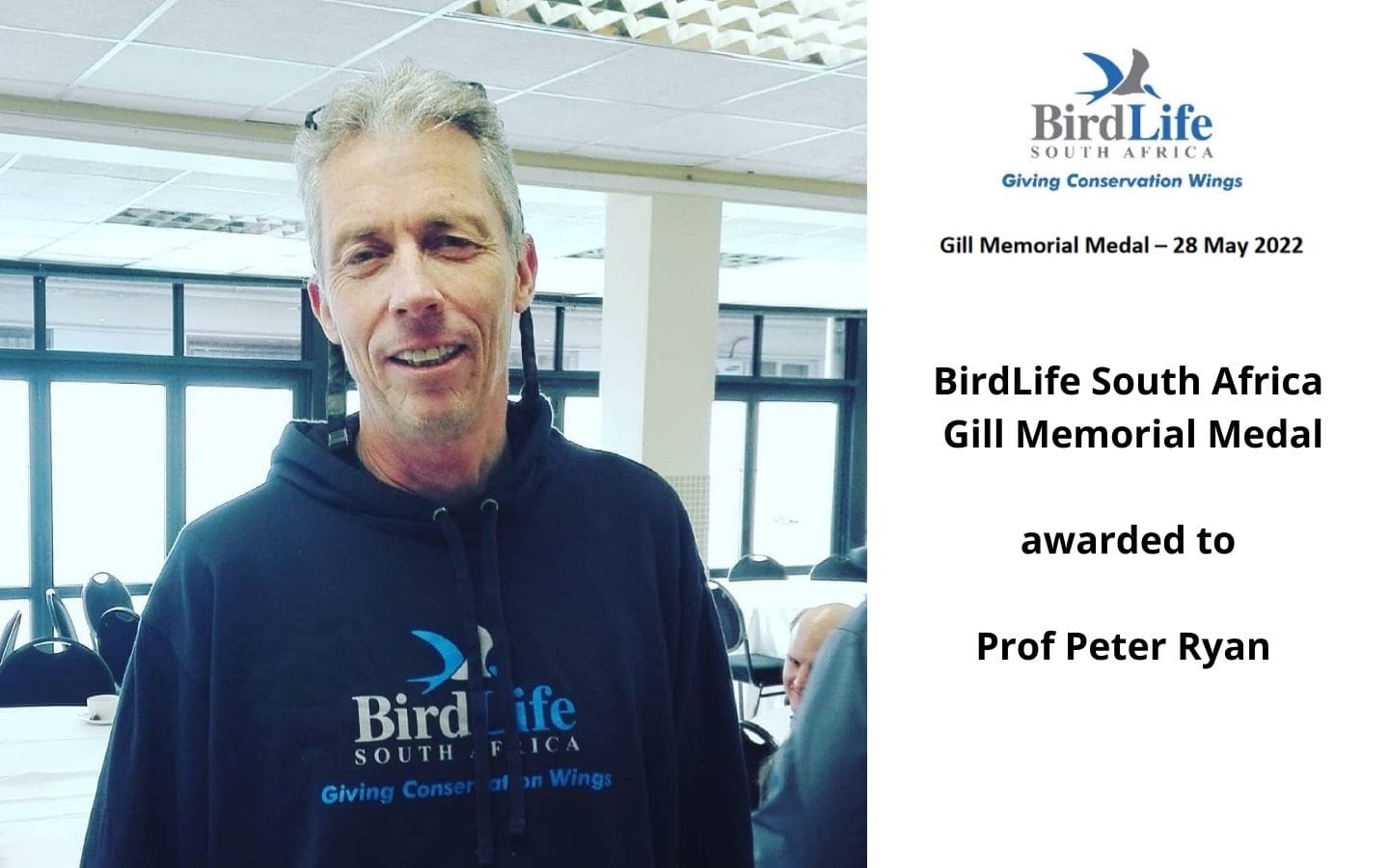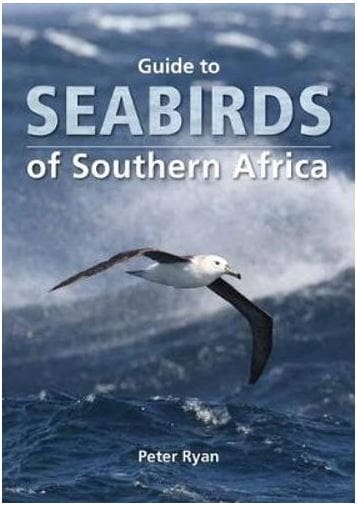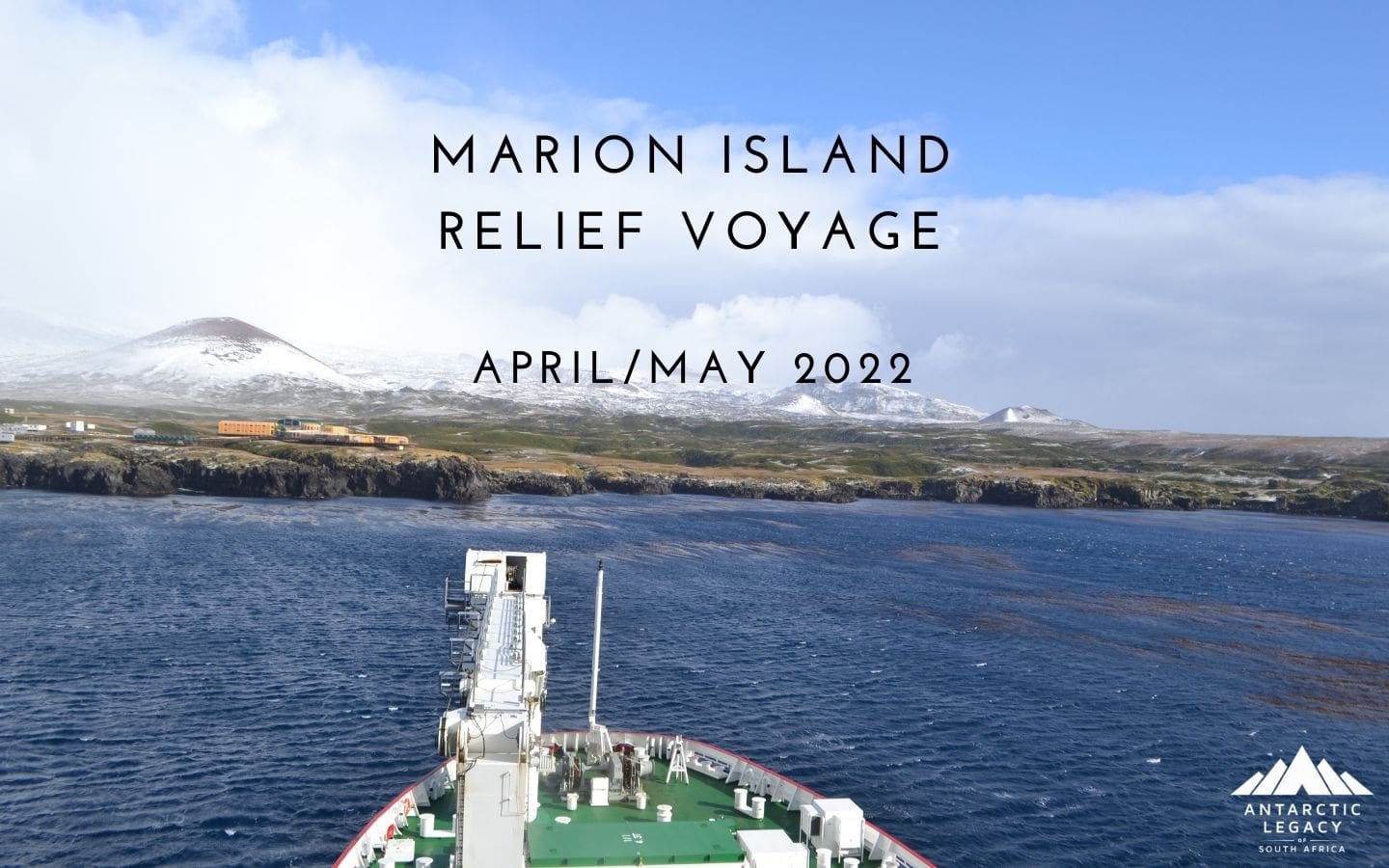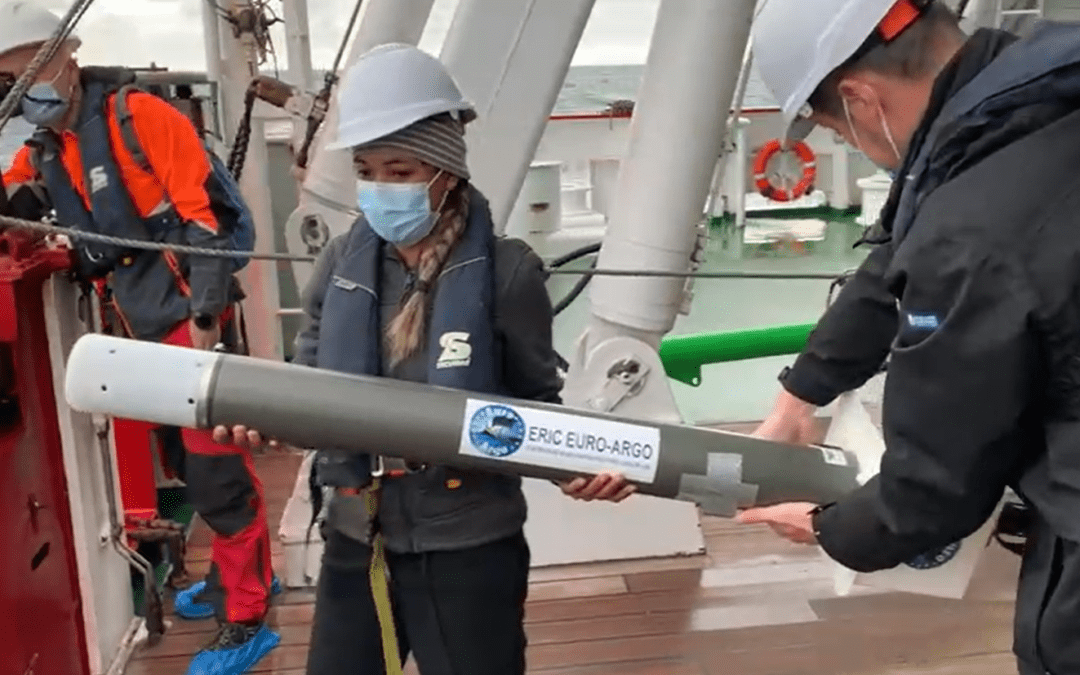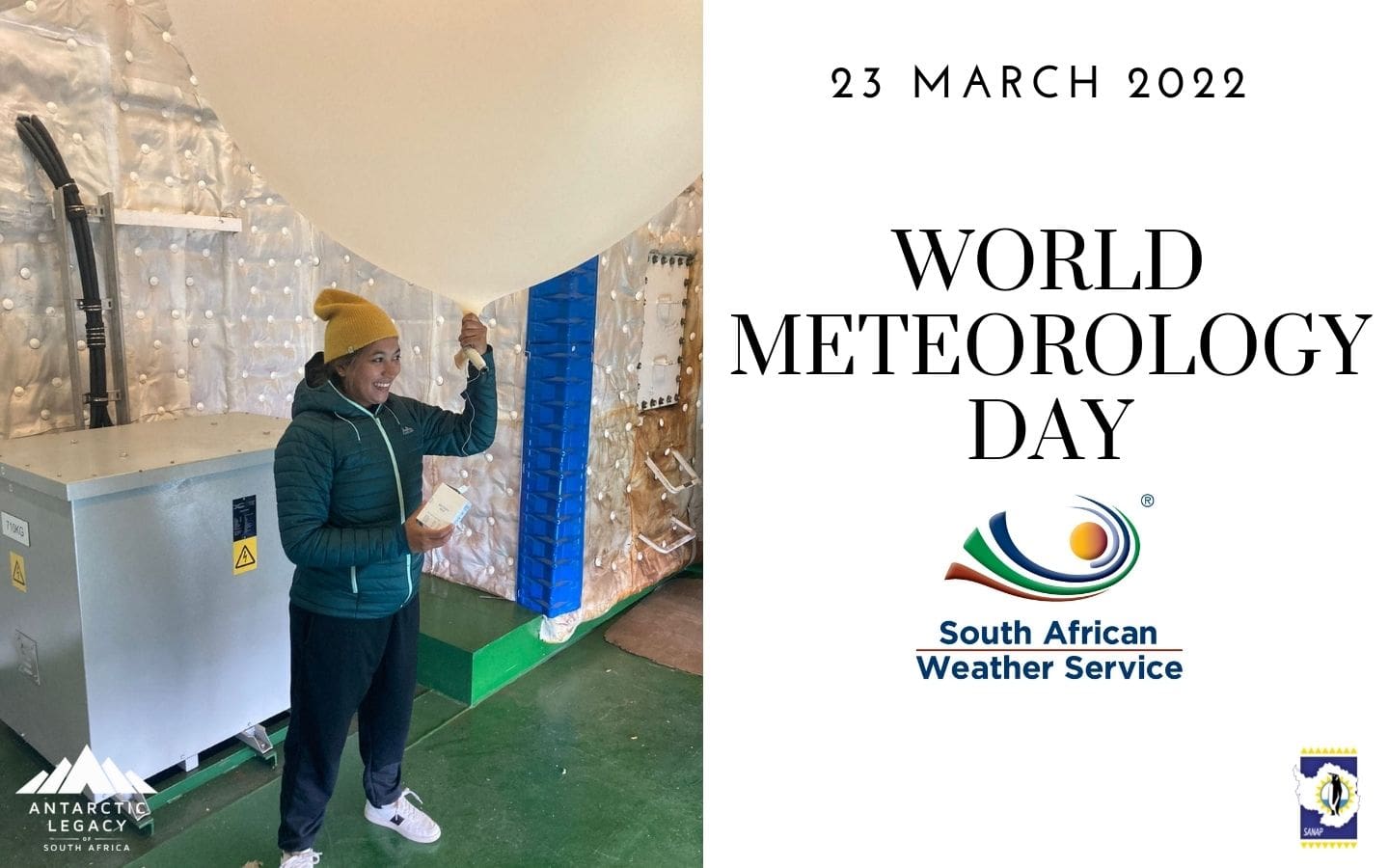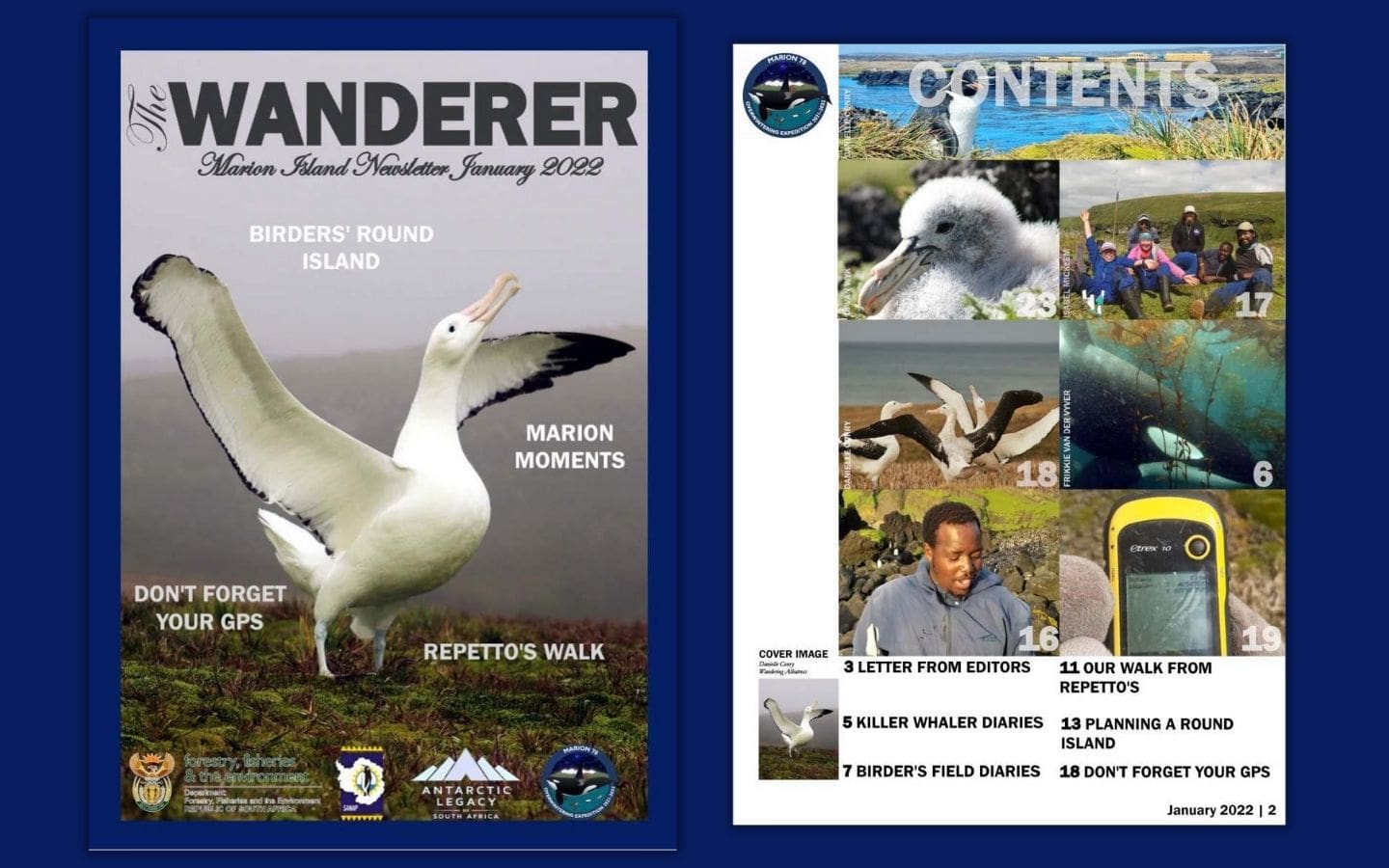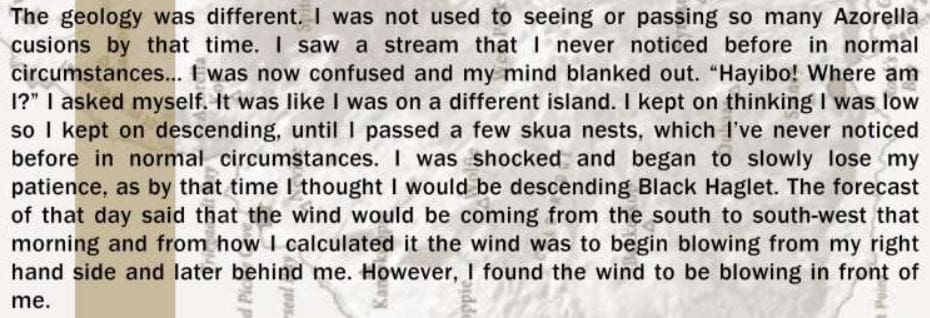
by Ria Olivier | Jun 7, 2022 | Announcement, Marion Island, Overwintering Team, SANAP, sub-Antarctic, Team Photo
The 78th Marion Island Overwintering Team – Official Team Photo.
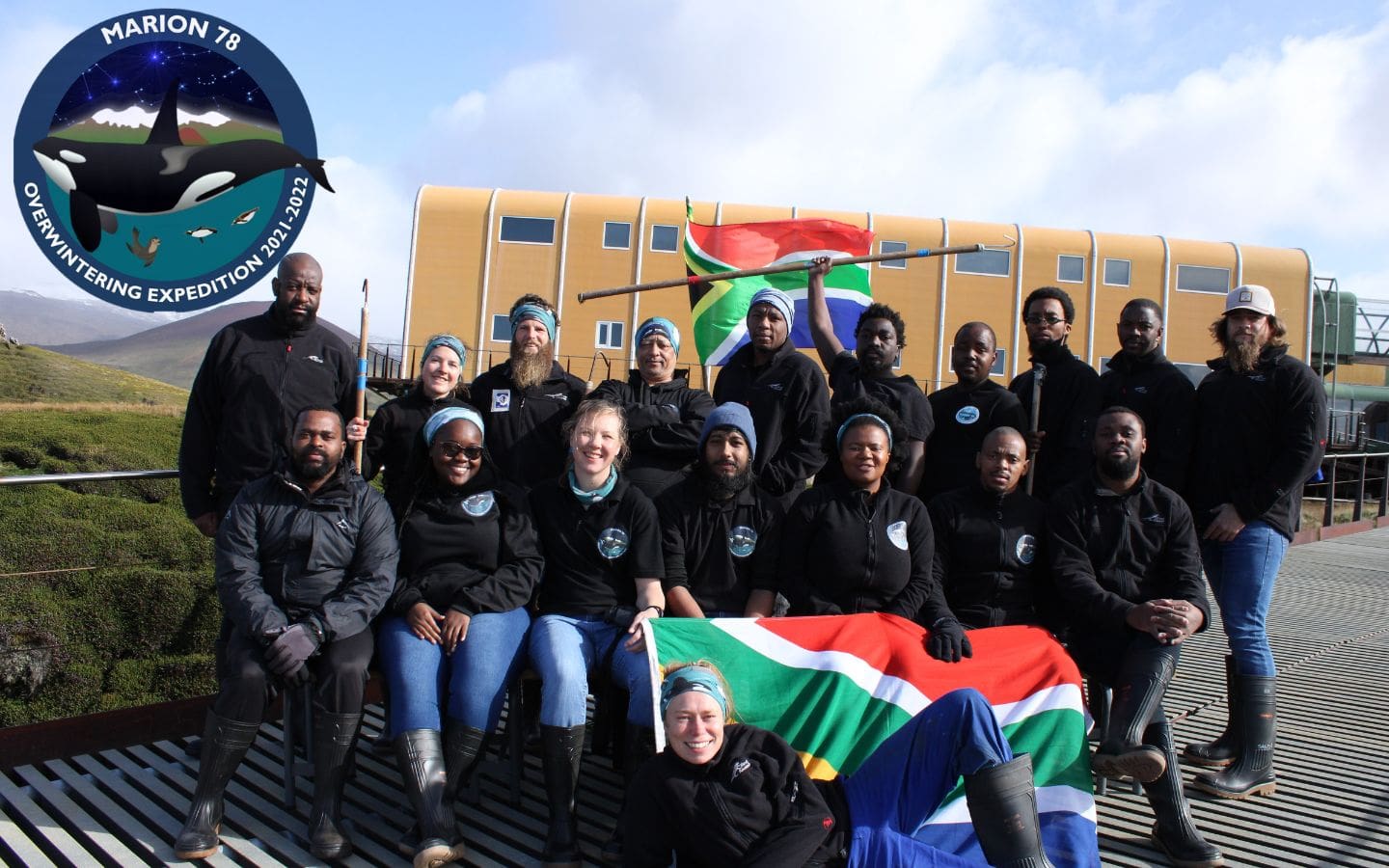
(L-R) Back: Rodney Phoko Matjomane (Diesel Mechanic), Danielle Conry (Field Assistant: Killer Whaler/Sealer), Frikkie van der Vyver (Field Assistant: Sealer), Charles Thomas (Base Engineer), Siwe Khoza (Radio Technician), Yinhla Shihlomule (Field Assistant: Sealer), Thando Cebekhulu (Field Assistant: O&C Seabirds), Zenande Kabase (Field Assistant: Geomorphology), Tlhoholofatso (Steve) Tebele (Assistant Meteorological Technician), DJ Van Wyk (SANSA Engineer and Science Team Leader); (middle) Sanele Mkhonza (Environmental Control Officer), Fanisa Phakula (Assistant Meteorological Technician), Isabel Micklem (Field Assistant: Seabirds), Nivek Ghazi (UKZN Astrophysics Engineer), Siyasanga Mpehle (Senior Meteorological Technician and Deputy Team Leader), Bubele Nongwejana (Medical Orderly and Team Leader), Sydney Tshilingalinga (Assistant Environmental Control Officer); (front) Eleanor Weideman (Field Assistant: Seabird Conservation).
The team departed from Cape Town, onboard the S.A. Agulhas II, on the 9th of April 2021. Three team members (Thando Cebekhulu, Yinhla Shihlomule, and Frikkie van der Vyver) of the 77th Marion overwintering team stayed behind, forming part of Marion 78. Read more here. Marion 78 arrived back in Cape Town on the 22nd of May 2022.
Click on the buttons below for more about Marion 78
Meet the Marion 78 team
M78 Team Logo
Season’s Greeting Card
Team news published on the SANAP website
Newsletters published by M78
M78 Team buff, badge and other apparel.
Team photo supplied by DJ Van Wyk (M78 SANSA Engineer and Science Team Leader).
Anche Louw, Antarctic Legacy of South Africa, 07 June 2021.

by Ria Olivier | Jun 2, 2022 | Marion Island, News, Overwintering Team, SA Agulhas II, Southern Ocean, Stations, sub-Antarctic, Team Photo

The 79th Marion Island Overwintering Team has arrived on the island 6 weeks ago. After a very busy take-over, where each team member was introduced to their new roles on the island, they are now settled in and ready for their sub-Antarctic overwintering expedition. Marion79 consist of 21 team members – check them out below.
Message from the Team Leader, Jufter Munyai:
“The Marion79 team is ready to look after the South African station on Marion Island, some will be conducting scientific fieldwork, whereas others have obligations in and around the station”.
Want to know more about the Marion Island 2022 take-over? Click here
We wish the team a successful expedition. See you back in Cape Town, in May 2023.
79th Marion Island Overwintering Team
Featured Image: Marion79 onboard the S.A. Agulhas II, about to depart to Marion Island on Sunday, 17 April 2022. Image supplied by Jufter Munyai (Team Leader).
Anche Louw, Antarctic Legacy of South Africa, 02 June 2022

by Ria Olivier | May 31, 2022 | Announcement, Gough Island, Marion Island, News, Prince Edward Island, SANAP, Science, Southern Ocean, sub-Antarctic, Tristan da Cunha
Congratulations to Prof Peter Ryan, awarded with the BirdLife South Africa Gill Memorial Medal, for an outstanding lifetime contribution to ornithology in southern Africa.

Prof Ryan, an A-rated Ornithologist and Director of the Percy FitzPatrick Institute of African Ornithology at the University of Cape Town, has been part of the South African National Antarctic Programme for more than two decades, doing research on seabirds breeding on Marion Island and the Tristan archipelago, which includes Gough Island. Prof Ryan’s latest research within SANAP is focused on “Avian scavengers as indicators of recovery of an island biota”, co-led with Dr Maëlle Connan (Research Fellow in the Marine Apex Predator Research Unit, Nelson Mandela University). Click here to read more about this project.
He is the author and co-author of a number of books on seabirds and the sub-Antarctic islands. Here is his latest publication: Guide to Seabirds of Southern Africa.


The Citation for Prof Ryan’s award – Click here.
In 2012, John Cooper, who was extensively involved in long-term seabird monitoring studies on Gough and Marion islands since the 1980s, received this award for his outstanding contribution to ornithology in southern Africa.
Featured Image: Prof Peter Ryan at the 5th SANAP Symposium (2018) in Hermanus, where he presented his work on “Plastics in Antarctica – preliminary findings from the Antarctic Circumnavigation Expedition (ACE).
Anche Louw, Antarctic Legacy of South Africa, 31 May 2022

by Ria Olivier | Apr 21, 2022 | Current Event, Marion Island, News, Overwintering Team, Prince Edward Islands, Research, SA Agulhas II, SANAP, Science, Southern Ocean, Stations, sub-Antarctic, Take-Over Operations

The S.A. Agulhas II departed from East Pier, V&A Waterfront on her annual Marion Island relief voyage, Sunday 17 April 2022. The expected time of arrival at the island is today, 21 April 2022.
The first leg of the voyage, Oceanographic Leg 1, from Cape Town to Marion Island, was dedicated to underway sampling (the vessel did not stop for sampling to take place).
Once at the island, take-over operations will commence immediately (weather permitting) – all land-based scientists, National Department of Public Works (NDPW) personnel, and take-over personnel (DFFE) will disembark. Cargo will be slung with helicopters to the island and fuel will be pumped to the island. Hereafter, the vessel will depart from Marion Island on the 2nd Oceanographic leg (annual Research and Monitoring programme around the Prince Edward Islands). The 3rd Oceanographic leg will commence after take-over, on the way back to Cape Town.
What is planned for the 2022 take-over on Marion Island (land-based)
- base and hut maintenance (NDPW)
- base and hut restock
- take-over function
- 79th Marion Island overwintering team (meet the team in next article) to take over from 78th Marion Island overwintering team (M78 – click here).
- take-over projects – scientific fieldwork (see table below)
University of Fort Hare, Department of Geography
Landscape and climate Interactions In a changing sub-Antarctic Environment🔗 |
| Group Leader | Prof Werner Nel |
DFFE: Oceans and Coasts
Southern Ocean and Island Research Programme
|
| Group Leader | Dr Azwianewi Makhado |
BirdLife South Africa & University of Pretoria
Department of Plant and Soil Sciences🔗
Longitudinal monitoring of terrestrial diversity to assess the effects of mouse eradiction on Marion Island, and bait and mouse trials to inform further planning for the project |
| Group Leader | Mr Luis Alberto Rodriguez-Pertierra |
BirdLife South Africa, DFFE
Mouse-Free Marion (Project to Eradicate House Mica from Marlon Island)🔗 |
| Group Leader | Dr Anton Wolfaardt |
South African National Space Agency (SANSA)
Polar Space Weather Studies🔗 |
| Group Leader | Mr Matthew Spoor |
South African Weather Service (SAWS)
Atmosphere and Ocean Surface Research🔗 |
| Group Leader | Mr Vuyo Xelithole |
University of KwaZulu-Natal, School of Mathematics, Statistics and Computer Science
Observing Dawn In the Cosmos🔗 |
| Group Leader | Mr Ronny Joseph |
University of Pretoria, Mammal Research Unit, Department of Zoology & Entomology
Marion Island Marine Mammal Programme (MIMMP)🔗
Marion Island Marine Mammals in Changing Environments: lndividual Heterogeneity and Population Processes |
| Group Leader | Prof Nico de Bruyn
|
Nelson Mandela University, Department of Zoology
Marine Apex Predator Research Unit (MAPRU)🔗
Avian scavengers as indicators of recovery of an island biota |
| Group Leader | Dr Maëlle Connan |
What is planned for the take-over onboard the S.A. Agulhas II (ship-based)
DFFE: Ocean & Coasts Research
DFFE Ship-based Southern Ocean and Islands Research Programme |
| Ocean Physics: Group Leader | Mr Gavin Tutt |
| Ocean Chemistry: Group Leader | Dr Thato Mtshali |
| Ocean Biological: Group Leader | Mr Henry Kakora |
DFFE:Ocean & Coasts, University of Cape Town, Bayworld Centre for Research & Education
SAMOC-SA |
| Group Leader | Mr. Grant van der Heever |
University of Pretoria
Enhanced insights regarding the ecology, evolution, and function of marine microbiomes |
| Group Leader | Mr Choaro Dithugoe |
Land-based DFFE and other take-over personnel
Department of Forestry Fisheries and the Environment (DFFE)
Directorate: Southern Oceans & Antarctic Support
Management, logistics and support for this voyage |
| Departmental Co-ordinator (DCO) | Mr Errol Julies |
| Assistant DCO | Mr Mfundo Tima |
| Admin Officer | Ms Pozisa Matshoba |
| General/Waste Technician | Mr Sabata Setona |
| General/Waste Technician | Mr Mazizi Salmani |
DFFE
Directorate: Oceans, Coasts & Biosecurity Compliance |
| Environmental Control Officer | Mr Thomas Mufanadzo |
DFFE
Directorate: Earth Systems Strategies
Prince Edward Islands Management Authority (Oversight Management Functions) |
| Group Leader | Ms Ntombovuyo Madlokazi |
| Chief Scientists |
| Land-based | Prof Werner Nel |
| Ship-based | Mr Marcel van den Berg |
National Department of Public Works (NDPW)
Maintenance Support |
| Group Leader | Mr Takalani Mudau |
Featured Image: S.A. Agulhas II at Marion Island, May 2014 (Credit: Anche Louw).
Anche Louw, Antarctic Legacy of South Africa, 21 April 2022

by Ria Olivier | Mar 23, 2022 | Antarctica, Gough Island, Important Dates, International Days, Marion Island, Meteorology, Research, SA Agulhas II, SANAE, SANAP
Meteorological and oceanographic (met-ocean) data supplied by the South African Weather Service played an integral part in the recent and successful Endurance 22 expedition.
by Marc de Vos, Senior Scientist, South African Weather Service (SAWS) Marine Research Unit.

Carla-Louise Ramjukadh preparing to deploy a radiosonde (weather balloon). Find out more about a radiosonde – check out this video (click here).
The Endurance 22 expedition has returned from the Weddell Sea aboard the S.A. Agulhas II, having successfully located and surveyed the wreck of Sir Ernest Shackleton’s legendary Endurance. For the safety of any maritime activity, information about the environmental conditions is important. Mariners constantly evaluate factors such as sea-state (the combined effect of wind and waves on the surface of the ocean), tides, and surface currents, all of which affect the navigability of the vessel. For highly specialised undertakings, this requirement becomes particularly acute. To assist, the South African Weather Service (SAWS) sent two scientists from its Marine Research Unit to provide meteorological and oceanographic (met-ocean) support to the expedition.
The first challenge associated with a voyage to the Weddell Sea is the transit from Cape Town, through the south Atlantic and the Southern Ocean. These ocean areas are characterised by a steady procession of midlatitude cyclones; storms that might be up to 2,000 km in diameter, bringing strong winds, high seas, and powerful underlying ocean currents. These are the phenomena behind the nicknames for the latitudinal bands through which the S.A. Agulhas II needed to transit; the “Roaring Forties”, “Furious Fifties” and “Screaming Sixties”. In particular, the Southern Ocean is widely regarded as the roughest on the planet. This is largely due to the lack of land boundaries to break the acceleration of the ocean’s surface by the wind. Careful planning is required to thread a route through the storms, themselves moving and morphing, and the high seas which lag behind them. This process (sometimes more of an art!) is a fine balance between speed, efficiency, and risk-limitation, and the SAWS team on board worked closely with the ship’s officers to determine the most suitable route to the search area. It is a challenging but exciting task. We use a mix of data from numerical models, free-drifting ocean instruments and satellites, and algorithms that assist to process these data. Ultimately, the experience of the ship’s officers and the exchange of information between scientists and navigators remain key in balancing the myriad of competing factors.
Upon arrival in the sea ice, different challenges arise. The sea ice might be up to 4 metres thick, with an average of around 1.5 m, and covers the search area entirely. A process of constant ice-breaking, repositioning, drifting with the ice, and deploying the autonomous underwater vehicles (AUVs) to scan the sea bed begins (read more about these vehicles here). Whilst surveying the ship drifts with the ice, but the search area on the sea bed does not, and therefore it is vital to anticipate wind and tidal shifts such that the drift can be predicted and deployment of the AUVs planned accordingly. SAWS scientists worked closely to support the highly skilled sea ice specialists from Drift + Noise Polar Services to provide supplementary information of this nature.
Prediction and analysis are not the only tasks for met-ocean scientists on board. Throughout the voyage, regular weather/ocean observations were performed and a range of meteorological instruments was deployed. These included Argo floats (see image above), surface velocity program (SVP) weather buoys, Sofar Ocean Wave Spotter buoys, and atmospheric radiosondes. These instruments drift freely in the ocean (or rise through the atmosphere, in the case of the radiosonde), collecting and transmitting data in an-otherwise data sparse region. Data are processed and fed to global numerical weather/ocean prediction models to improve their predictions via a process called data assimilation. Generally, the more data supplied to models, the better their performance. In many cases, measurements from these instruments are also available in real-time, providing an excellent means to onboard scientists by which to “ground-truth” ocean/weather predictions. Finally, data are archived in climate databases, for future use by climate change researchers.
Being able to play a small role in the success of Endurance 22 feels like a career-defining moment. A historic event of this scale, having taken place in so beautiful and dramatic an environment, is a uniquely rewarding experience. I am humbled to have been asked to participate and immensely grateful to the leadership of the expedition. I am also thankful to fellow expedition members and particularly my on-board colleague, Carla-Louise Ramjukadh, along with shore-based colleagues Tania Daniels, Michael Barnes and Tammy Morris for their tireless support behind the scenes. Even in the modern world, where almost everything can be navigated digitally, the fundamental effects of meteorology and oceanography continue to affect every human on the planet. Young people looking for where to apply their skills and ambitions should be encouraged by this, and the incredible opportunities which our science often provides.
Text by Marc de Vos, Senior Scientist, South African Weather Service (SAWS) Marine Research Unit. Edited by Anche Louw, Antarctic Legacy of South Africa, 23 March 2022

by Ria Olivier | Feb 17, 2022 | Announcement, Marion Island, News, Newsletters>Marion Island Newsletters, Overwintering Team, SANAP, Stations, sub-Antarctic
The 78th Marion Island Overwintering Team has only about 3 months left on the island. This team is working hard and truly making the best of their island experience.
They share some news from the island, from the last two months, in their fourth newsletter.

In this edition:
- The Marion Island Marine Mammal Programme (MIMMP) killer whaler (field assistant) shares some incredible killer whale sightings.
- The Marine Apex Predator Research Unit (MAPRU) and Oceans & Coasts (DFFE) ornithological field assistants share their stories, the reasons behind bird counting on the island, and how they go about planning a perfect round island.
- The base engineer shares an experience out in the field.
- The Sub-Antarctic Landscape Climate Interactions (SANAPLCI) geomorphologist (field assistant) tells more about the importance of equipment, such as the GPS, on this sub-Antarctic island with its somewhat unpredictable weather.
Quote from his article. Read the article to find out what happened!!

- Some fantastic photography features in this edition (including animals and team members working, and exploring together).

To download The Wanderer – January 2022 Edition click here.
Check out all this team’s newsletter on the Antarctic Legacy of South Africa Archive here.
Anche Louw, Antarctic Legacy of South Africa, 17 February 2022
